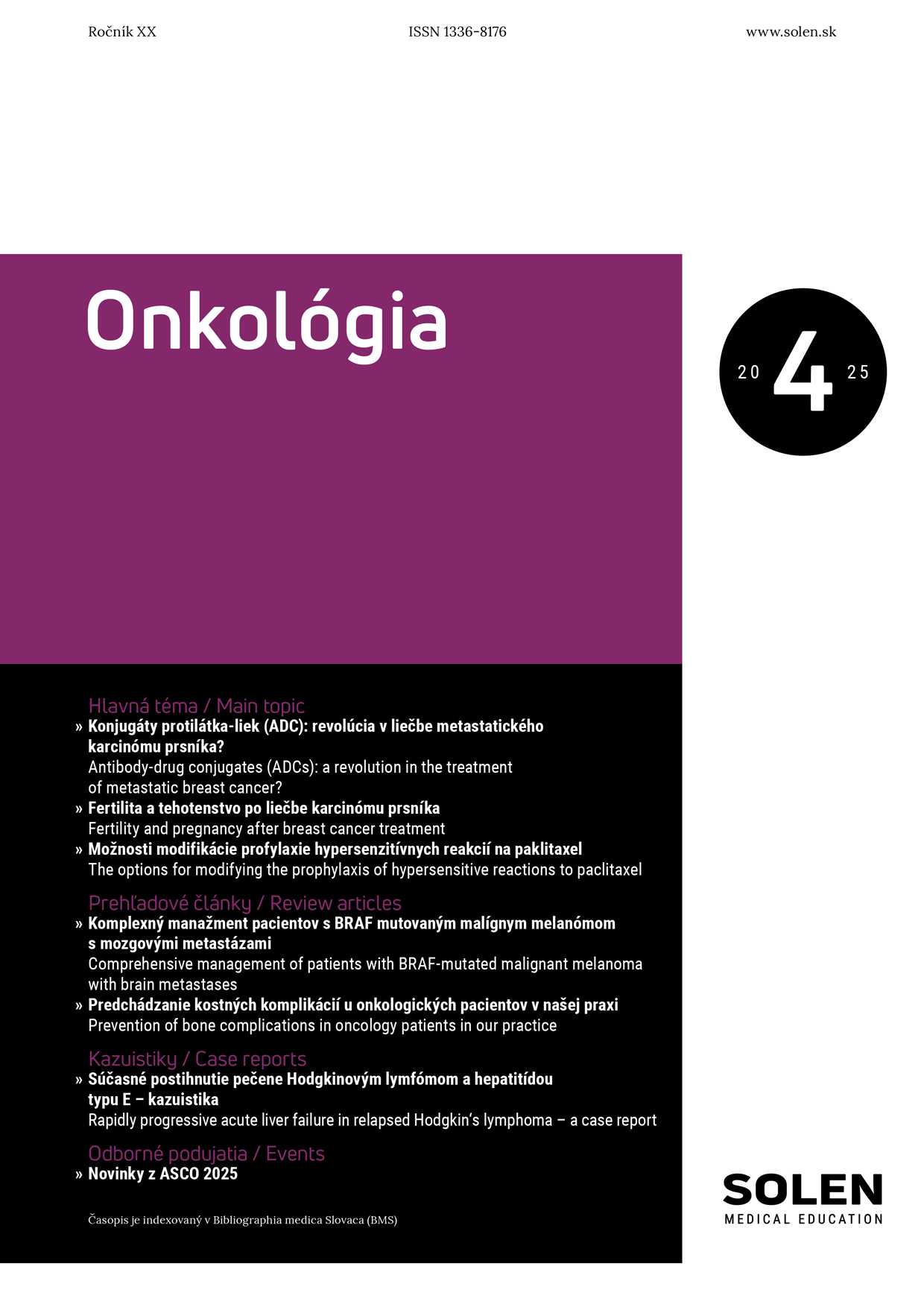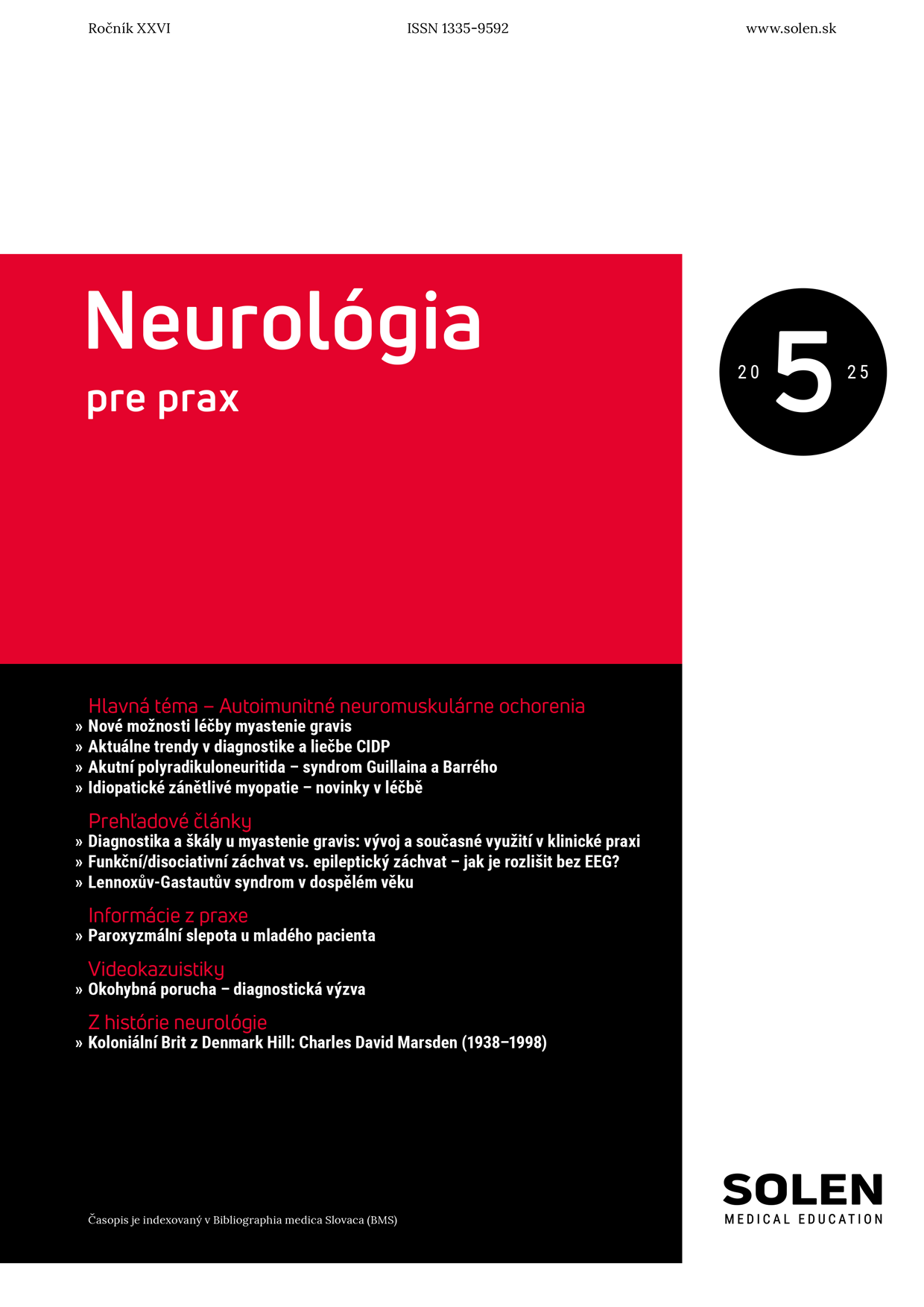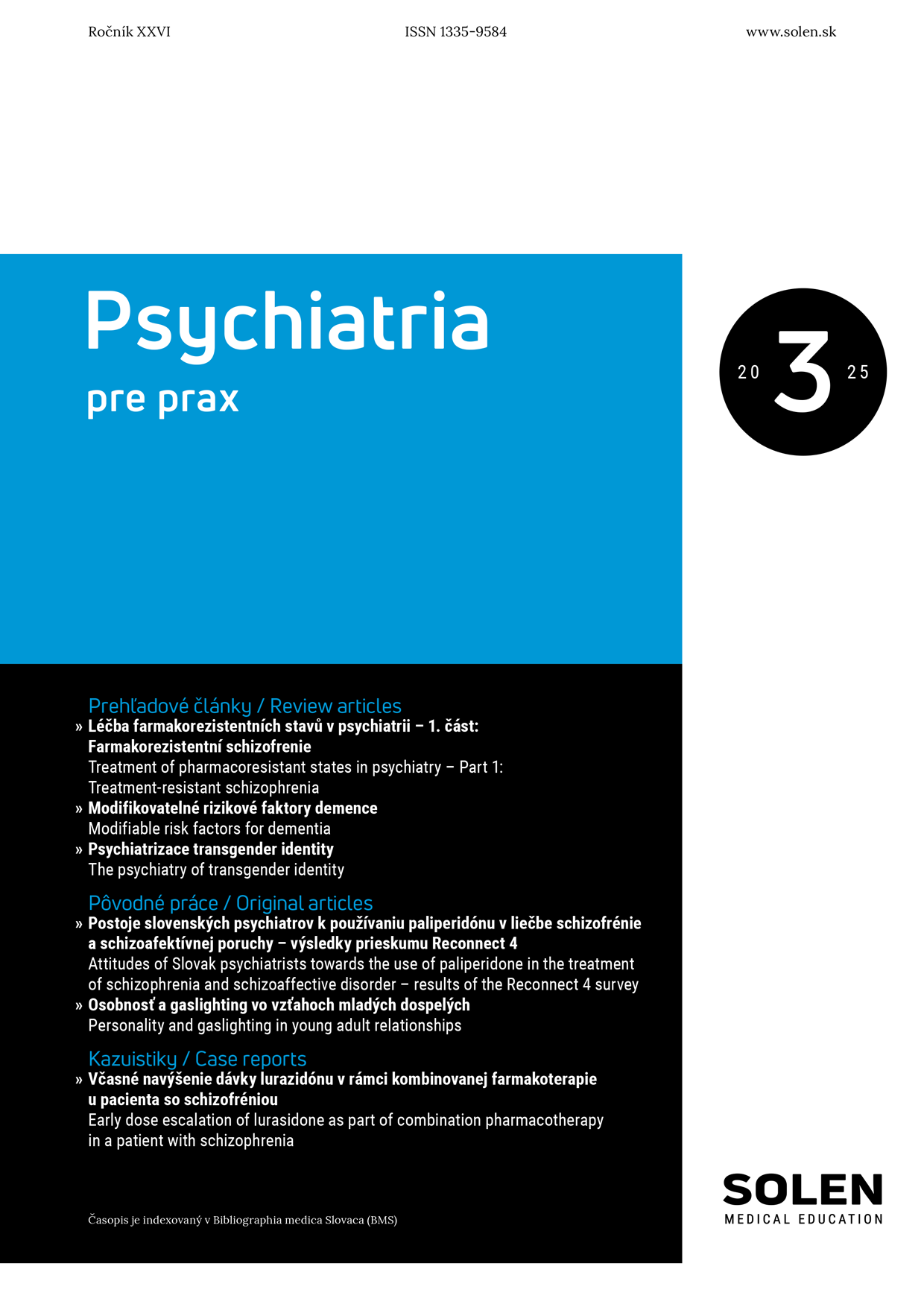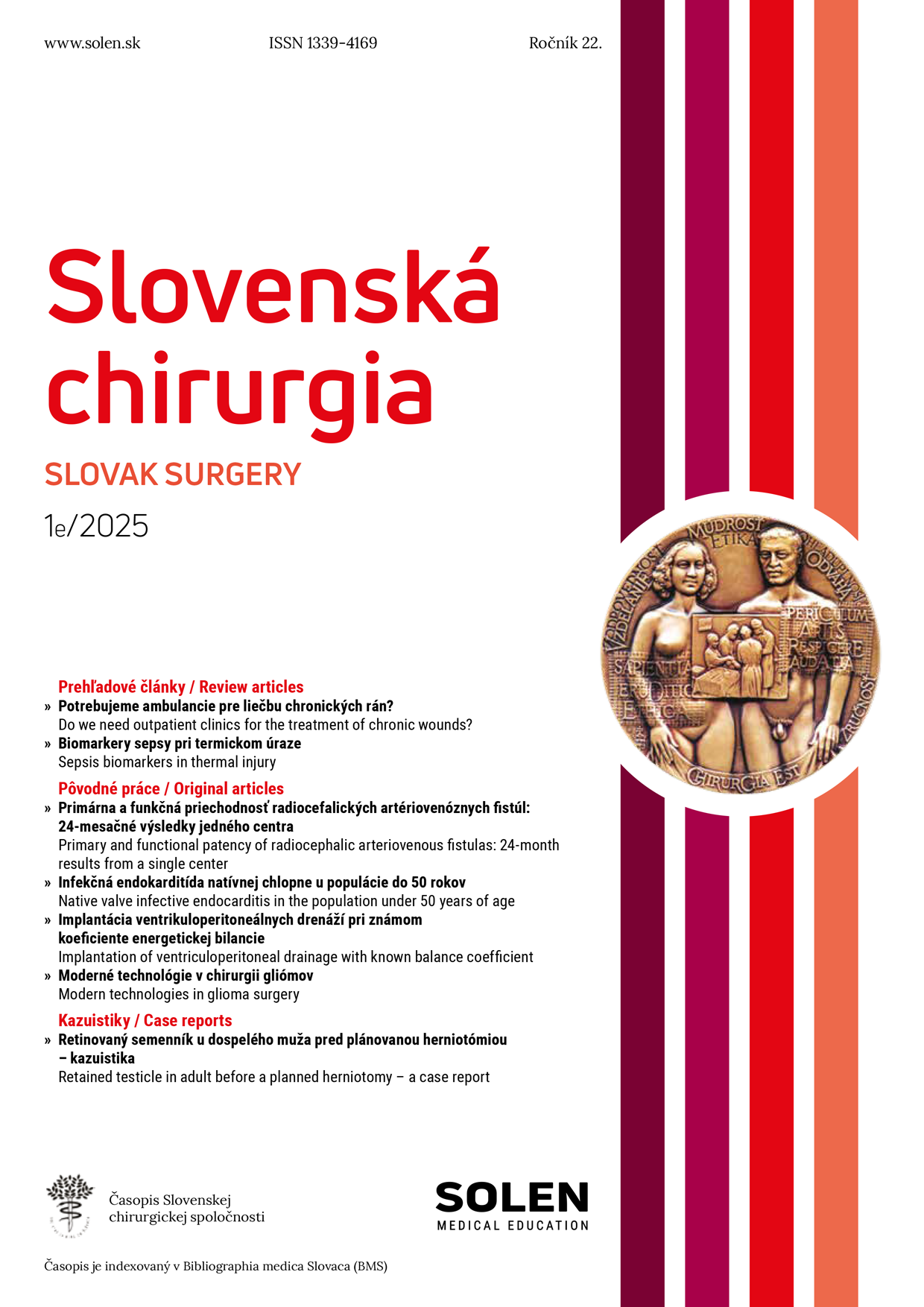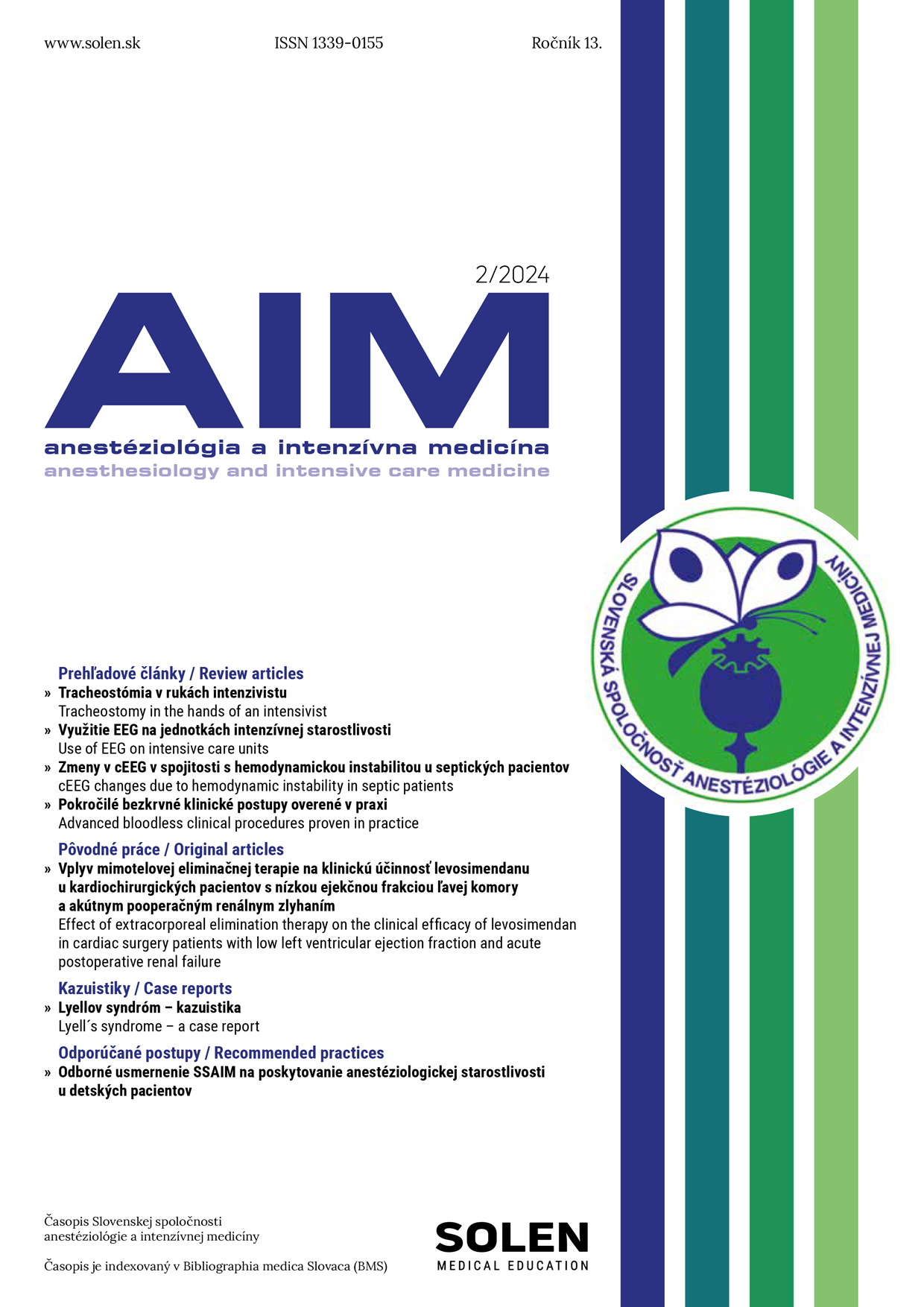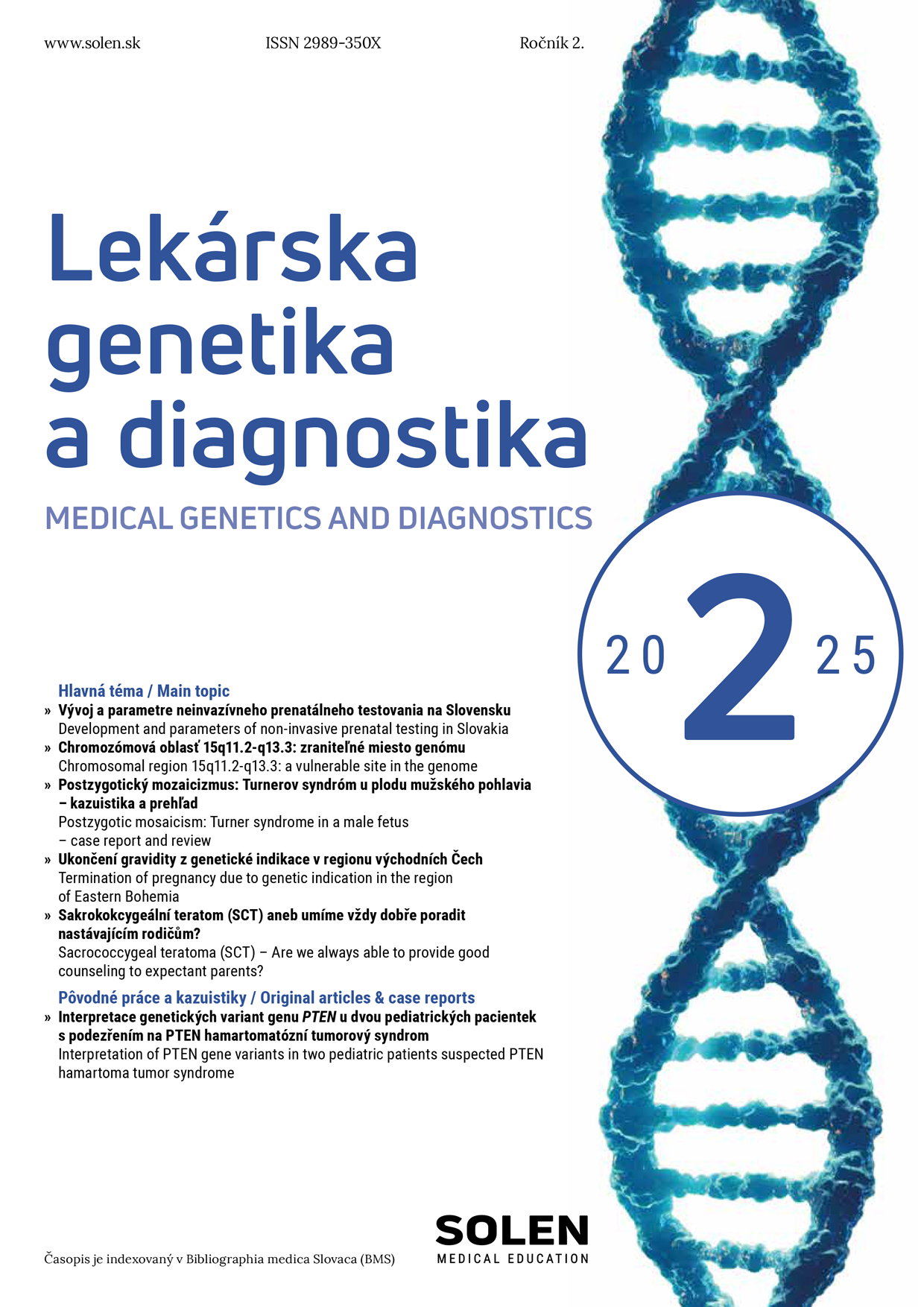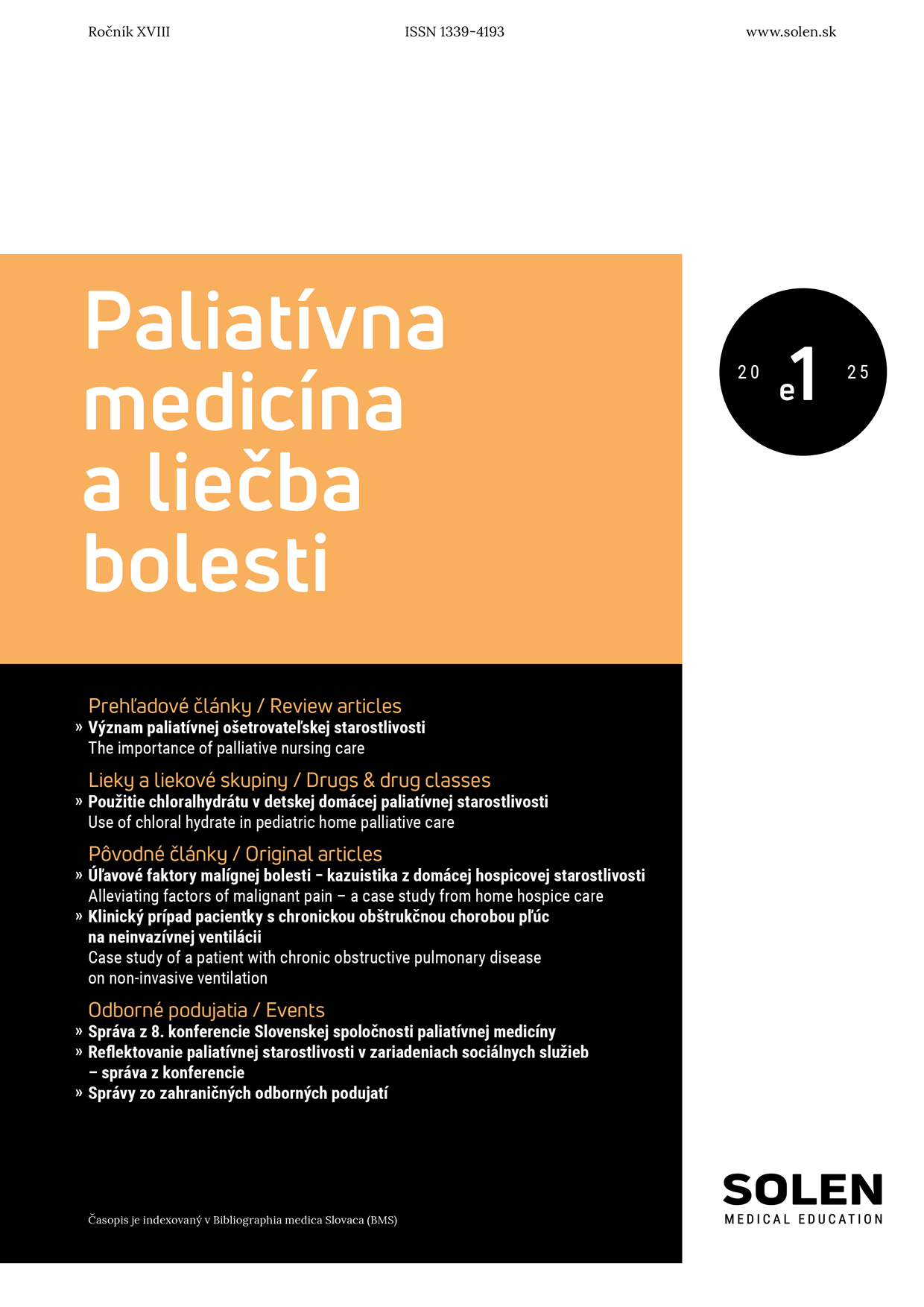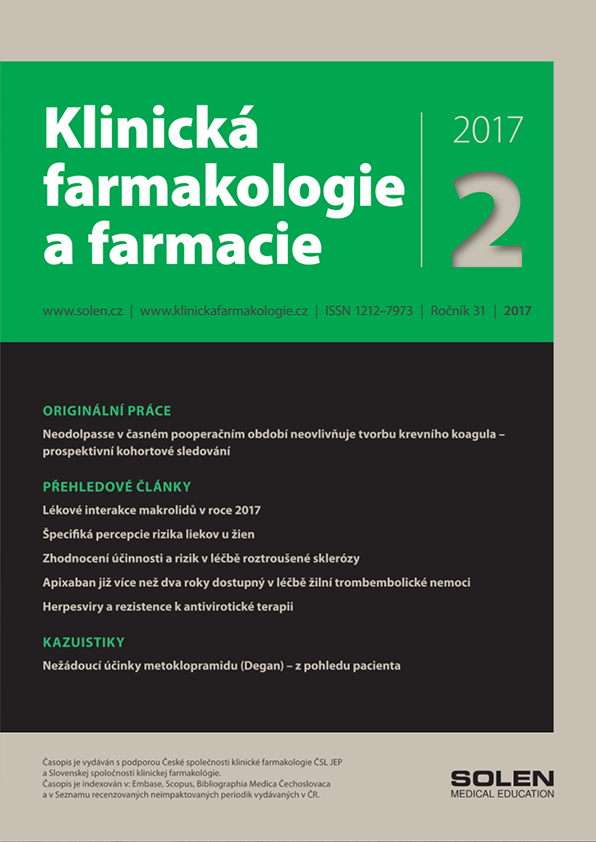Dermatológia pre prax 4/2024
Chirurgická liečba kožných nádorov pery
MUDr. Barbora Romžová, MUDr. Katarína Vozárová, MUDr. Daniela Matušková, doc. MUDr. Jozef Belák, PhD.
Cieľ: Pery predstavujú najdôležitejšie funkčné a estetické anatomické štruktúry dolného segmentu tváre. Rekonštrukcia defektov v plnej hrúbke po excízii karcinómov je rozhodujúca pre obnovenie integrity ústnej dutiny. Autori ponúkajú zjednodušenie často zložitého rozhodovacieho rekonštrukčného procesu založeného na lokalizácii a veľkosti defektu pery. Súbor pacientov a metódy: Táto prospektívna štúdia zahŕňala 49 pacientov, ktorí v období od 1. januára 2019 do 31. decembra 2023 podstúpili rekonštrukciu hornej alebo dolnej pery po excízii karcinómu na oddelení plastickej, rekonštrukčnej a estetickej chirurgie v Univerzitnej nemocnici Louisa Pasteura v Košiciach. Výber vhodnej operačnej techniky bol podmienený lokalizáciou a zhodnotením percentuálneho rozsahu defektu pery. Výsledky: Súbor zahŕňal pacientov vo veku od 49 do 96 rokov (priemerný vek 77,9 roku). V súbore hornej pery sme zachytili najmä bazocelulárny karcinóm (70 %), ktorý jasne dominoval nad skvamocelulárnym karcinómom (30 %). V súbore dolnej pery sme pozorovali opačnú prevalenciu v prospech skvamocelulárneho karcinómu (76,92 %) v porovnaní s bazocelulárnym karcinómom (20,51 %). U štyroch pacientov (8,16 %) bola plocha defektu 1,3 cm2 (do 30 %), 35 pacientov (71,42 %) malo defekt o rozmere 2,35 cm2 (30 — 80 %) a zvyšných osem pacientov (16,32 %) malo subtotálny až totálny defekt pery o rozmere 4,14 cm2 (viac ako 80 % horizontálneho rozmeru pery). Veľkosť tumoru a rizikový histologický podtyp boli spojené so vznikom väčšieho defektu. Pooperačne sme pozorovali bežné komplikácie, ktoré však nedeterminovali úspešnosť rekonštrukcie. Celkovo priniesli použité metódy výborné funkčné a estetické výsledky s minimálnym diskomfortom pacientov. Záver: Značnú skupinu pacientov v súbore tvorili pacienti s defektom väčším ako jedna tretina pery (87,75 %). Funkčné a estetické zachovanie je pri týchto defektoch náročnejšie a vyžaduje si rekonštrukciu lalokmi s predĺženým operačným časom. Výber rekonštrukčnej techniky je teda nutné individualizovať na konkrétneho pacienta.
Kľúčové slová: rekonštrukcia, pera, lalok, defekt, karcinóm
Surgical treatment of skin tumors of the lip
Purpose: The lips represent the most important functional and aesthetic anatomical structures of the lower segment of the face. Reconstruction of full-thickness defects after excision of carcinomas is crucial for restoration of oral integrity. The authors offer a simplification of the necessary decision-making reconstruction process based on the location and size of the lip defect. Patients and methods: This prospective study includes 49 patients who, between January 1, 2019, and December 31, 2023, underwent reconstruction of the upper or lower lip after carcinoma excision at the Department of Plastic, Reconstructive, and Aesthetic Surgery at the Louis Pasteur University Hospital in Košice. The localization and evaluation of the percentage extent of the lip defect conditioned the choice of a suitable surgical technique. Results: The cohort included patients aged 49 to 96 (mean age 77.9 years). We mainly detected basal cell carcinoma (70 %) in the upper lip, which dominated squamous cell carcinoma (30 %). In the lower lip, we observed an opposite prevalence in favor of squamous cell carcinoma (76.92 %) compared to basal cell carcinoma (20.51 %). In four patients (8.16 %), the area of the defect was 1.3 cm2 (up to 30 %), 35 patients (71.42 %) had a defect measuring 2.35 cm2 (30 — 80 %), and the remaining eight patients (16.32 %) had a subtotal to total lip defect measuring 4.14 cm2 (more than 80 % of the horizontal lip dimension). Tumor size and risk histological subtype were associated with developing a more significant defect. Postoperatively, we observed common complications, which did not determine the success of the reconstruction. The methods yielded excellent functional and aesthetic results with minimal patient discomfort. Conclusion: A significant group in the set consisted of patients with a defect more extensive than one-third of the lip (87.75 %). Functional and aesthetic preservation is more difficult for these defects and requires reconstruction with flaps with extended operating time. Therefore, the choice of reconstruction technique must be individualized for a specific patient.
Keywords: reconstruction, lip, flap, defect, carcinoma




